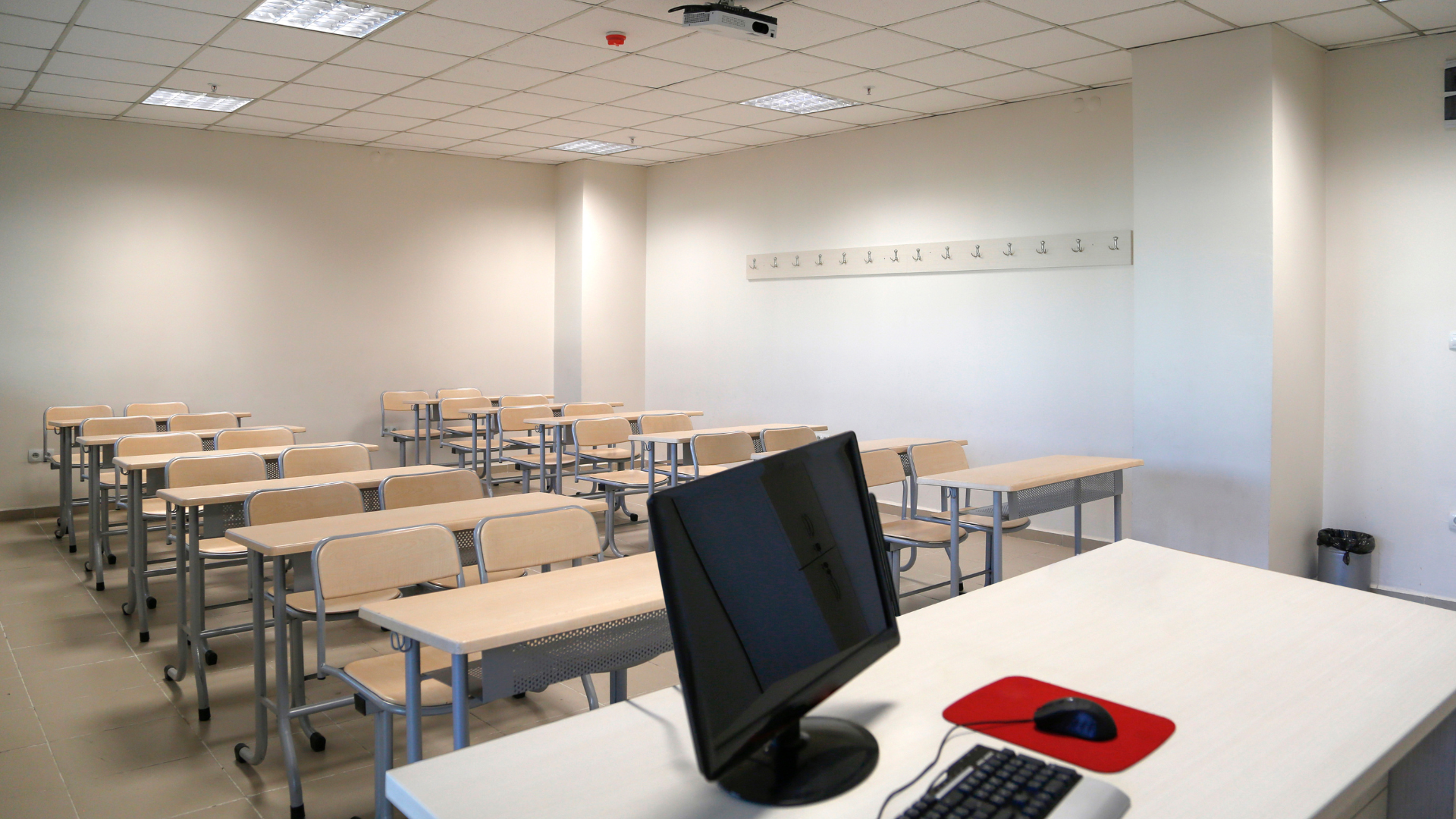Research from EY Pantheon shows that nearly 10% of all four-year colleges and universities are in serious financial peril.[1] Further, the Hechinger Report says that, already this year, one college or university per week says it will either close or merge.[2] This, up from two per month last year; a doubling.
Clearly, higher education is in crisis mode. After an already decade-long streak of college enrollment declines, a high school student body that’s choosing career-based educations over four-year programs, and the recent FAFSA debacle, many in traditional higher education are left wondering…
What’s going on? Why aren’t students enrolling like they used to?
Well, according to recent data from Gallup, “An increasing proportion of U.S. adults say they have little or no confidence in higher education.
“As a result, Americans are now nearly equally divided among those who have a great deal or quite a lot of confidence (36%), some confidence (32%), or little or no confidence (32%) in higher education.
“When Gallup first measured confidence in higher education in 2015, 57% had a great deal or quite a lot of confidence and 10% had little or none.
“Americans, in general, do not believe that higher education is on a positive path, as 31% say it is headed in the right direction and 68% say the wrong direction.”[3]
So, what we have here is a crisis of confidence. And, as we showed earlier, that crisis is now spreading like wildfire, causing the shutter/merger of roughly one institution of higher learning per week.
The question for higher education is how to fix this crisis of confidence. How to assure the American public that a college degree is truly worth the time, effort and money to obtain.
Clearly, the data show the earning a college degree leads to better career and financial outcomes, yet surveys show the public doesn’t “buy” it.[4]
So, to change perceptions colleges and universities must drastically shift their messaging. They must “speak” directly to the students they are looking to enroll. Their fears, concerns and misconceptions must all be addressed.
However, these fears can’t be address by having a winning football team, having a beautiful campus, a fantastic social or Greek scene… or by promoting how well appointed the dormitories are.
No, to get to the crux of the crisis, higher ed must address costs and potential outcomes, and they must address them on a personal level. Career schools, for example, are very good when it comes to doing this, and enrollments in career-based programs show it.
Now, how do colleges and universities follow the lead of career schools? Well… by speaking to the true desires of prospective students.
Or, as we at Conversion Media Group like to say, actually talk with them, and talk with them as individuals, as adults.
You see, we have physical conversations with hundreds of prospective college students every week. We know what they’re actually looking for out of an education, and we’re capable of helping address their concerns about enrolling, and their concerns about potential outcomes as well.
Of course, we can’t guarantee outcomes, nobody can. But we can paint a picture of what the average degree holder looks like… and show it to them.
It’s why partnering with Conversion Media Group for your enrollment initiatives (specifically online enrollments) could help your school address this crisis of confidence.
Look, prospective students want an education. They just want to be sure it’s worth it.
Learn more about Conversion Media Groups enrollment initiative programs by calling 1-800-419-3201. Or you can contact us HERE.
[1] Risk reduction in stimulus-filled higher ed sector | EY – US
[2] Colleges are now closing at a pace of one a week. What happens to the students? – The Hechinger Report
[3] U.S. Confidence in Higher Education Now Closely Divided (gallup.com)
[4] Is college worth it? Yes, according to this Fed data (axios.com)

